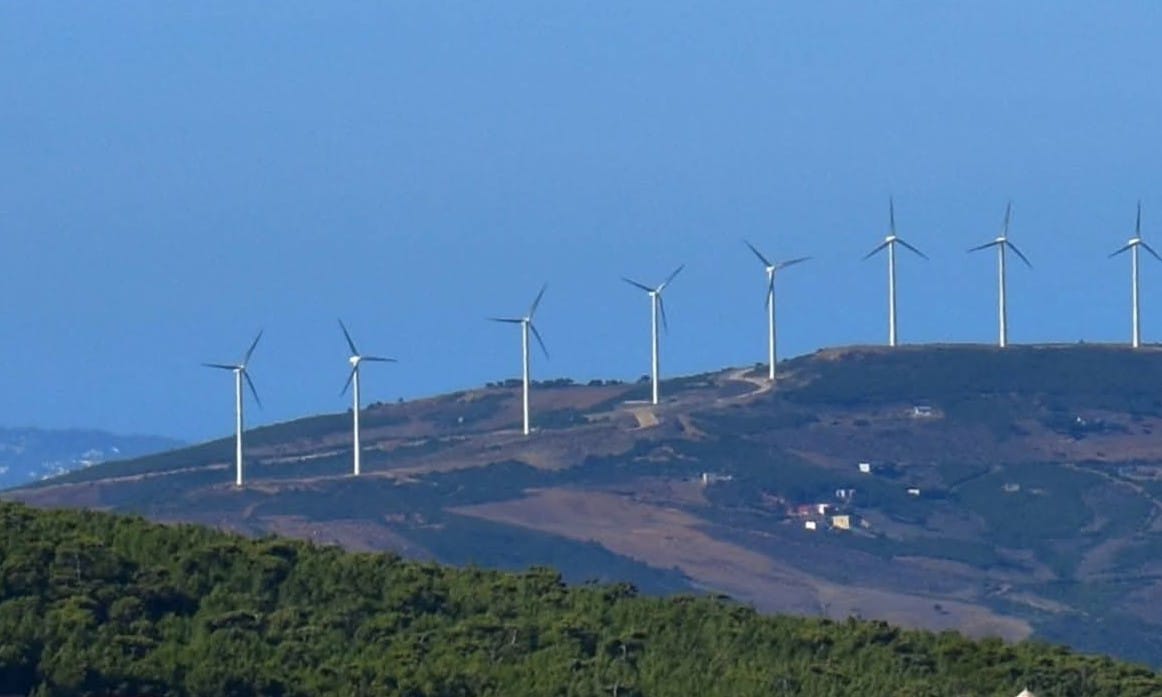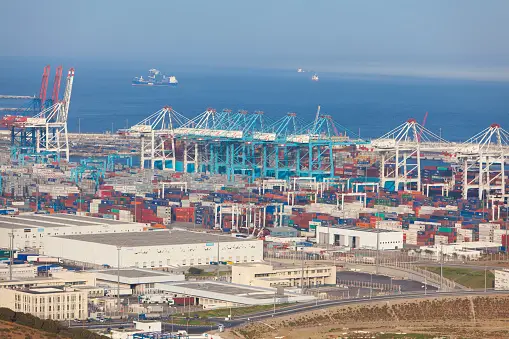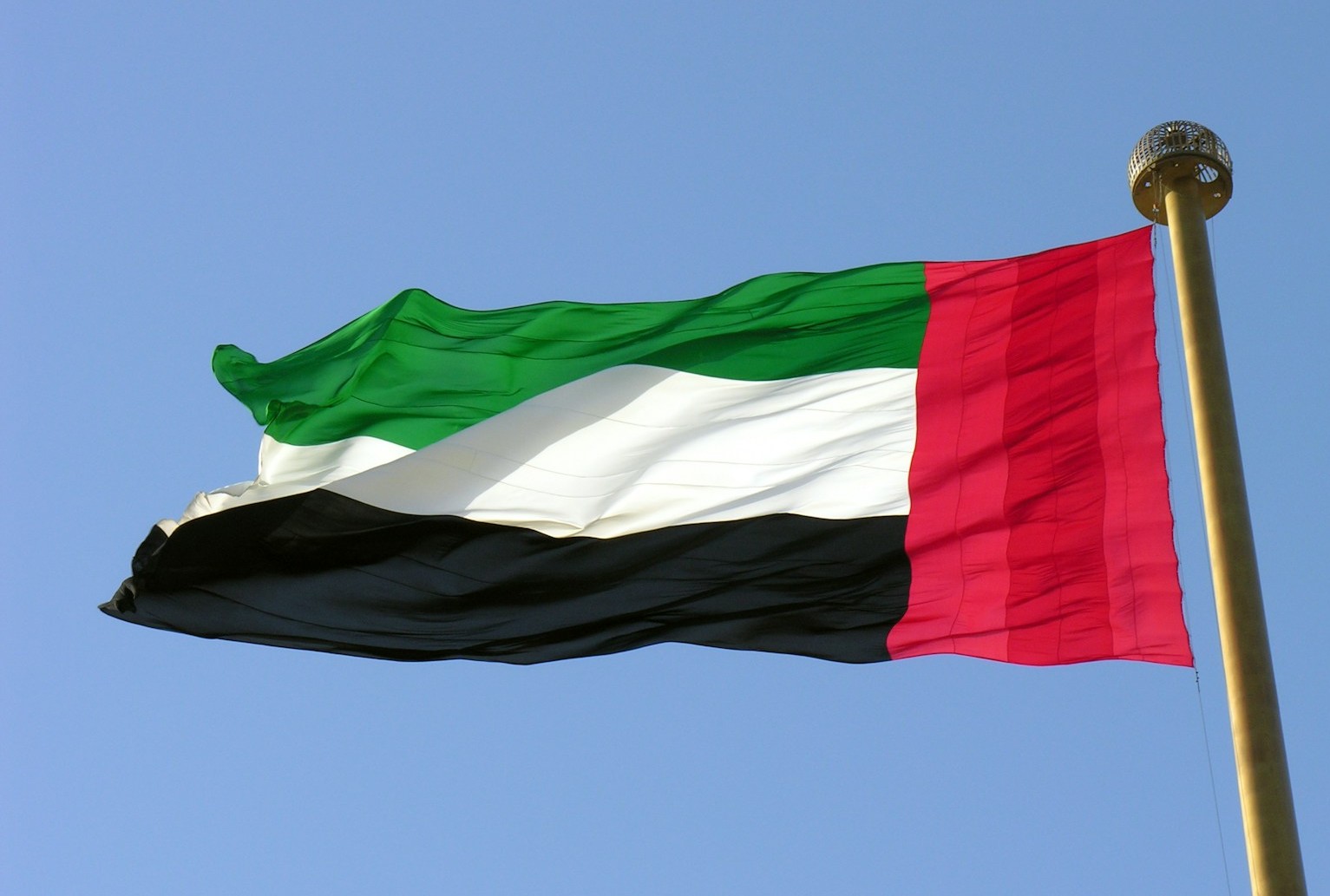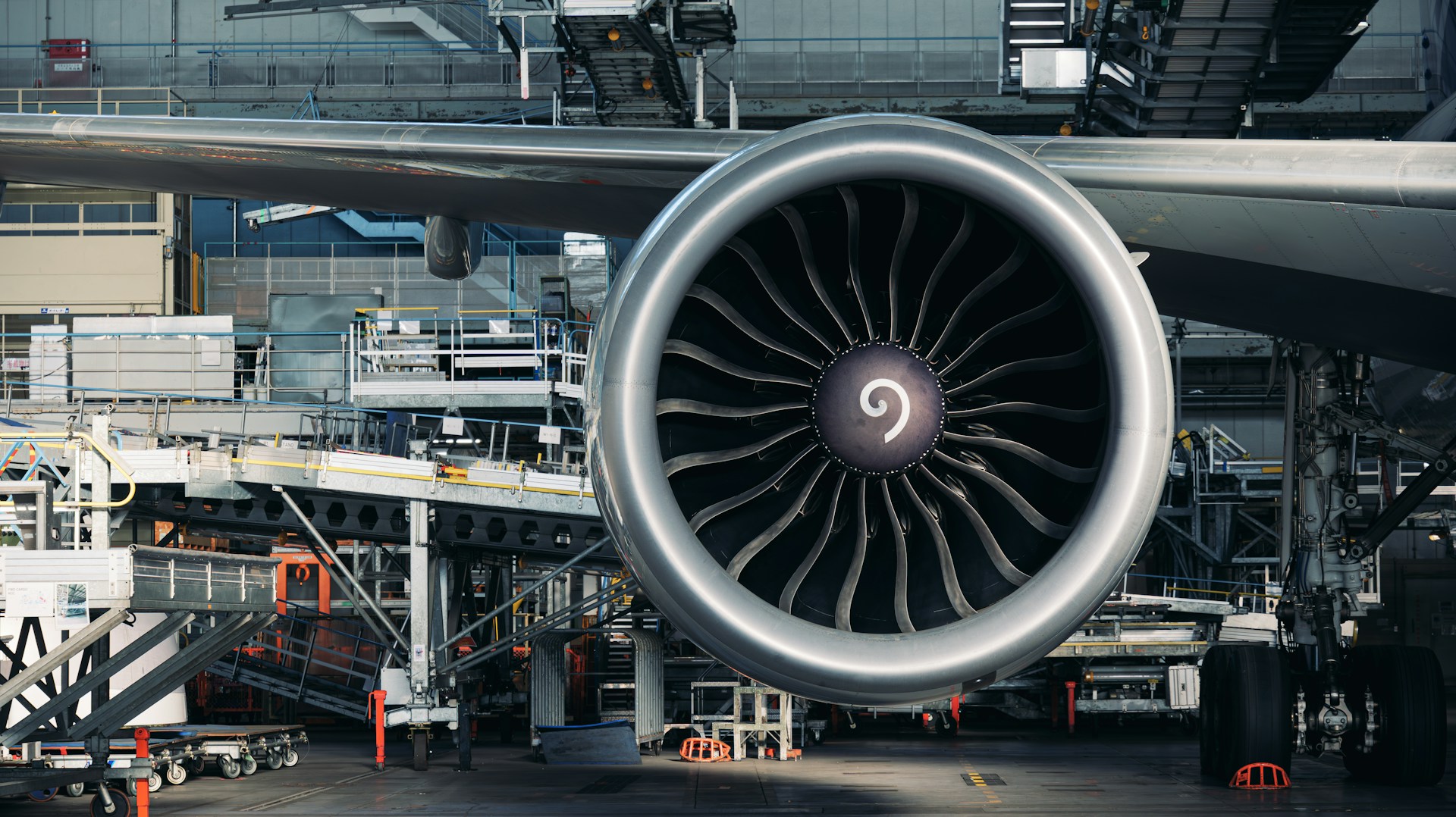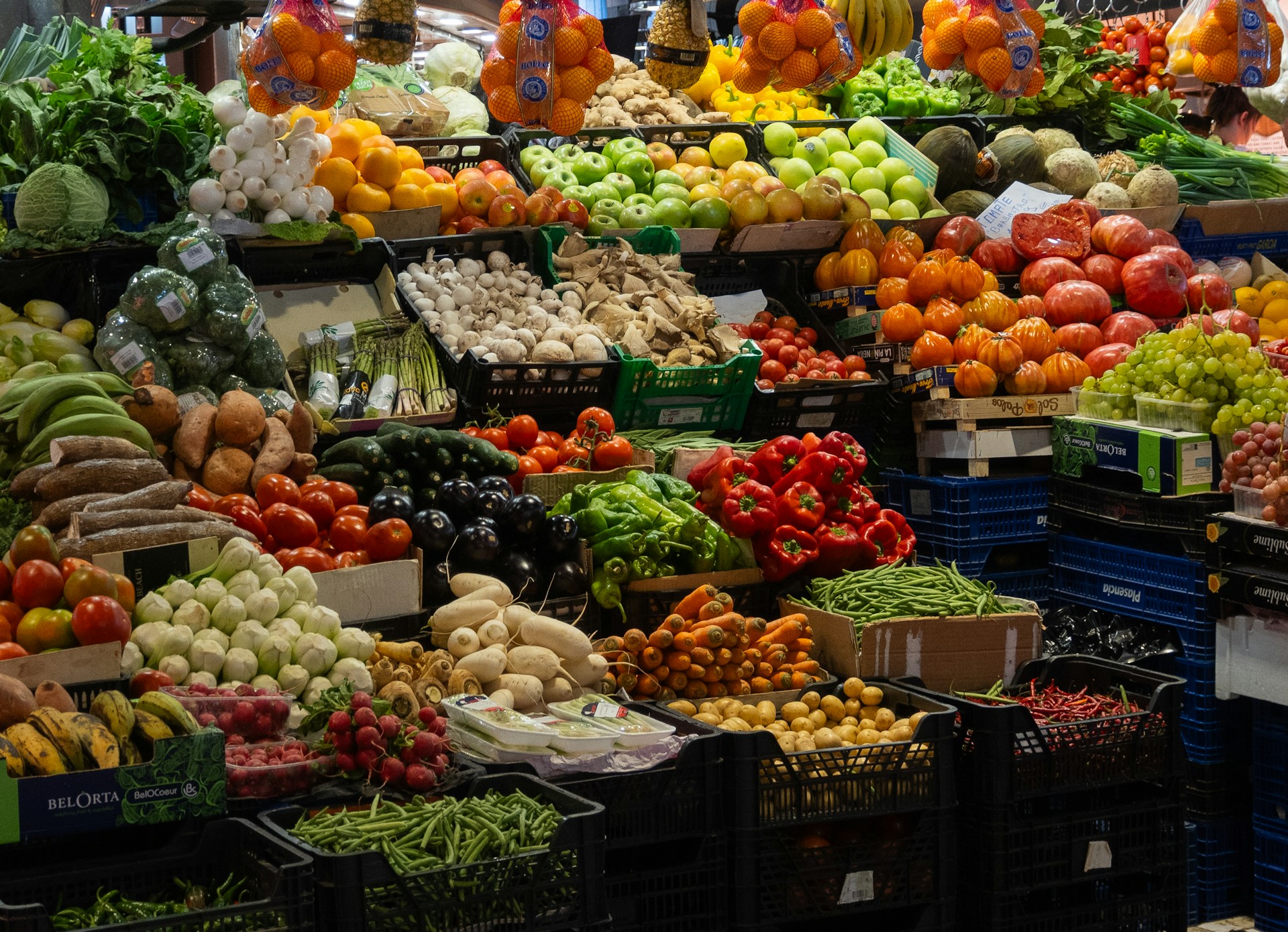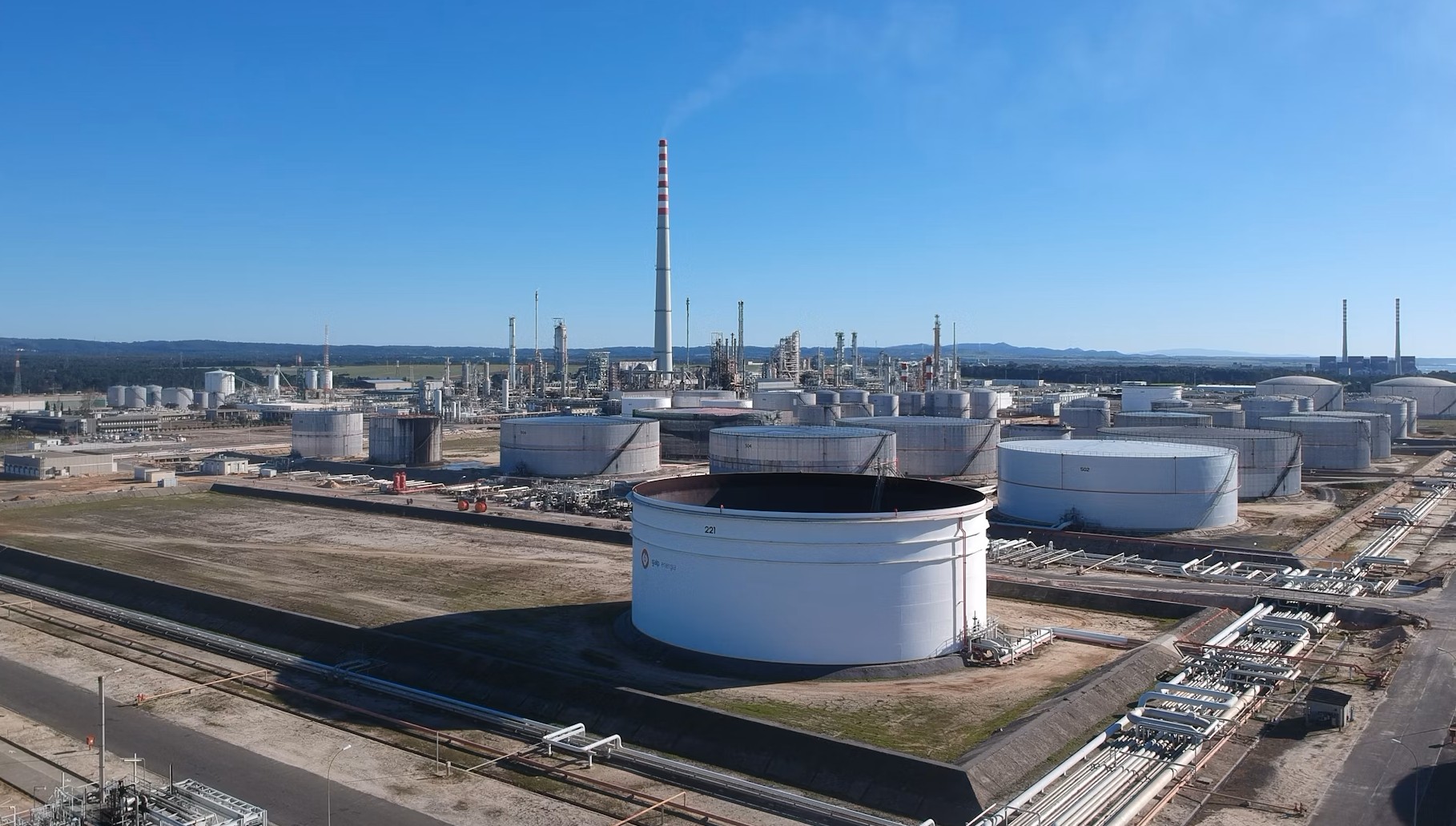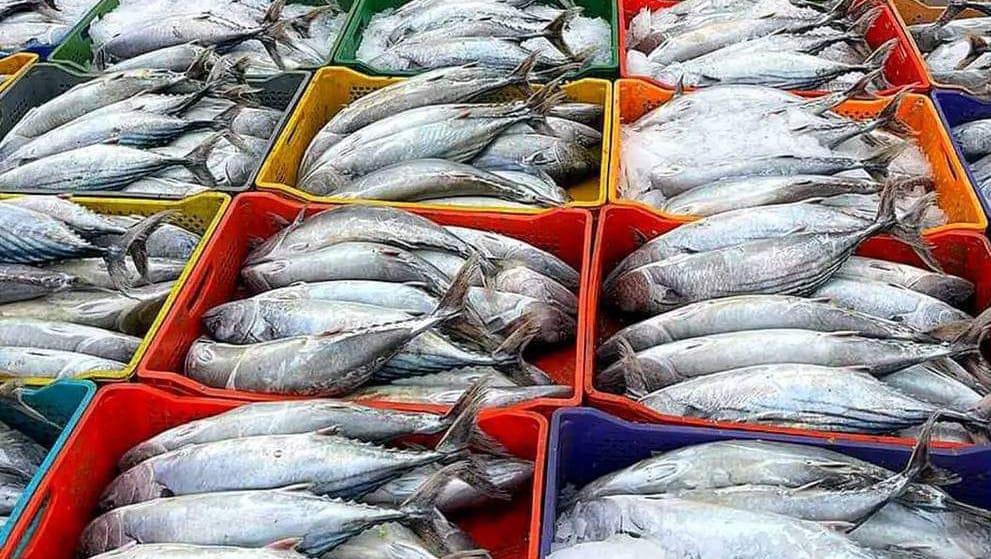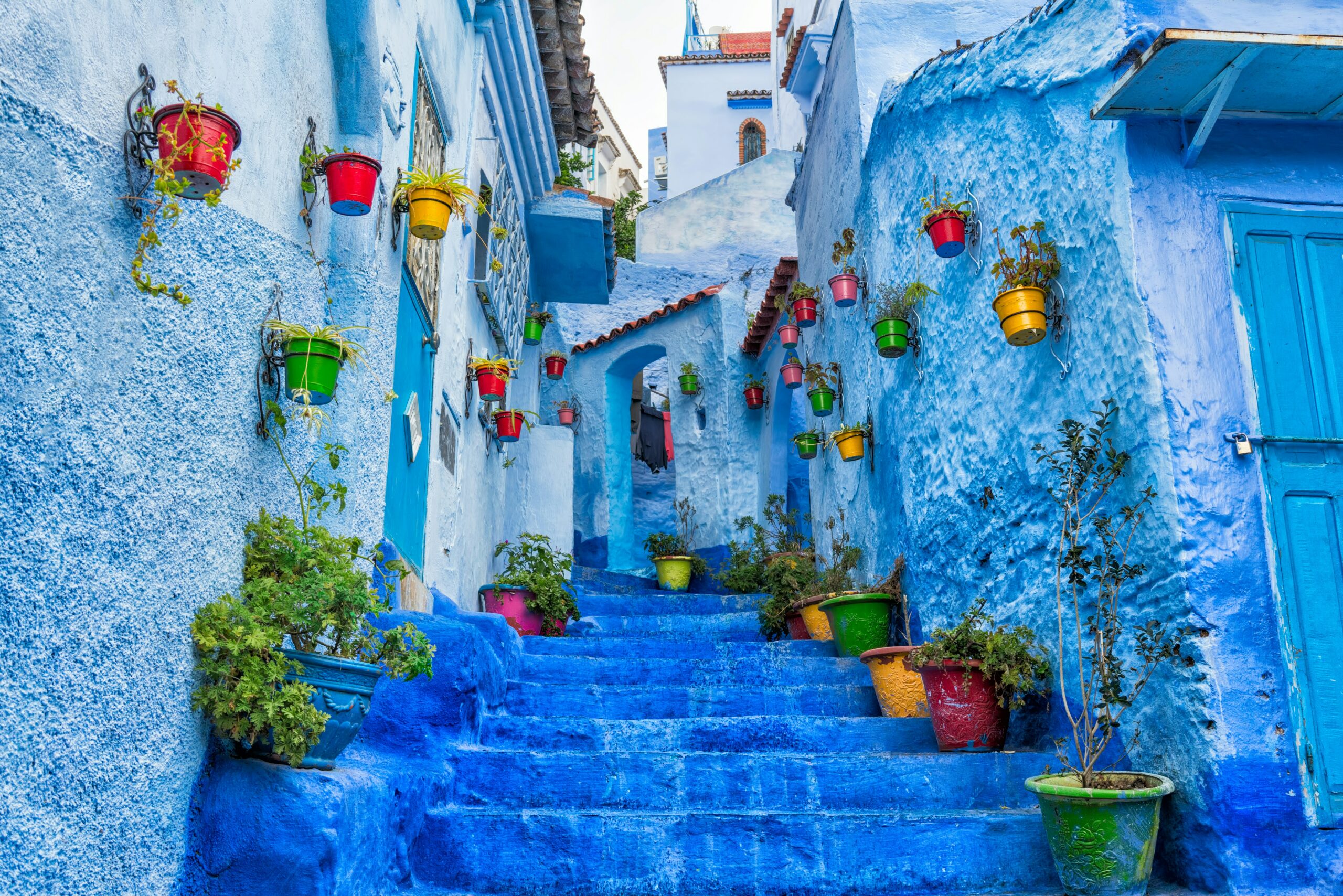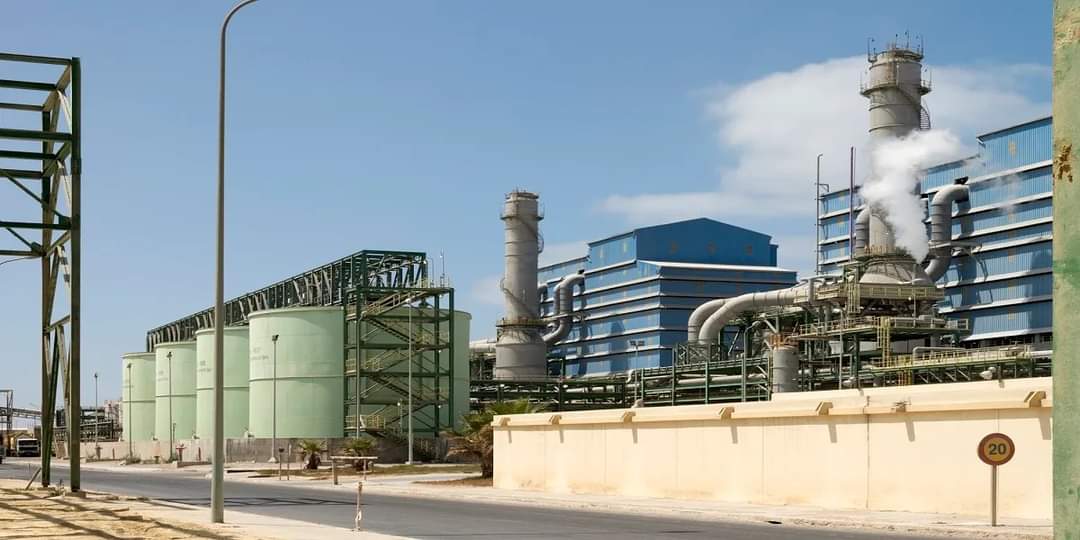Casablanca – Morocco’s economic landscape is witnessing significant milestones, with trade relations with France flourishing and tourism revenues surging past the 100 billion MAD (approximately $10.30 billion USD). In a year marked by economic resilience and strategic growth, Morocco is poised to bolster its foreign exchange reserves and drive economic prosperity.
Trade between Morocco and France reached an all-time high of €14.1 billion in 2023 ( approximately $14.85 billion USD), reflecting a 5% increase following a remarkable 25% surge in 2022. This robust trade partnership has doubled since 2015, underlining the strengthening economic ties between the two nations. Despite Morocco’s overall trade balance being in deficit, trade with France has proven advantageous, resulting in a surplus of €687 million (approximately $724.57 million USD).
The automotive sector stands out as Morocco’s top export category worldwide, representing 43% of sales to France. Additionally, agricultural products and transport equipment, especially automobiles, have experienced significant growth in exports to France.
Simultaneously, Morocco’s import landscape showcases a notable increase in transport equipment and chemicals, signaling the nation’s expanding economic activities. Although phosphate exports experienced a temporary dip below the 100 billion Dirhams (approximately $ 10.30billoin USD) due to international price fluctuations, the automotive sector saw a remarkable 27% increase in exports, with ambitions to surpass the 200 billion Dirhams (approximately $ 20.60 billion USD).
Furthermore, Morocco’s trade deficit witnessed a substantial reduction of 7.3% in 2023, totaling over 286 billion MAD (approximately $29.49 billion USD), according to the latest statistics from the Office des Changes. When considering the balance of services, the deficit in foreign trade decreased by 21%, reaching -120 billion MAD (approximately -$12.37 billion USD).
The reduction in the energy bill by 20% has played a significant role in this positive trend, alongside other structural factors contributing to Morocco’s economic resilience. Notably, tourist receipts have emerged as a significant contributor, surpassing the 100 billion MAD for the first time and totaling 104.5 billion MAD (approximately $10.78 billion USD) in 2023. This upward trajectory in tourism revenues is expected to continue, aligning with the government’s targets outlined in the tourism roadmap to achieve 120 billion MAD (approximately $12.37 billion USD) in travel receipts by 2026.
The surge in tourism revenues, coupled with robust trade relations with France and strategic growth initiatives across various sectors, is poised to bolster Morocco’s foreign exchange reserves. Beginning the year at nearly 360 billion MAD (approximately $37.11 billion USD), these reserves have experienced a 6% year-on-year increase, equivalent to 5 months and 15 days of goods and services imports.
As Morocco navigates its economic landscape with resilience and strategic foresight, these developments underscore the nation’s commitment to driving sustainable growth and fostering mutually beneficial partnerships on the global stage.





